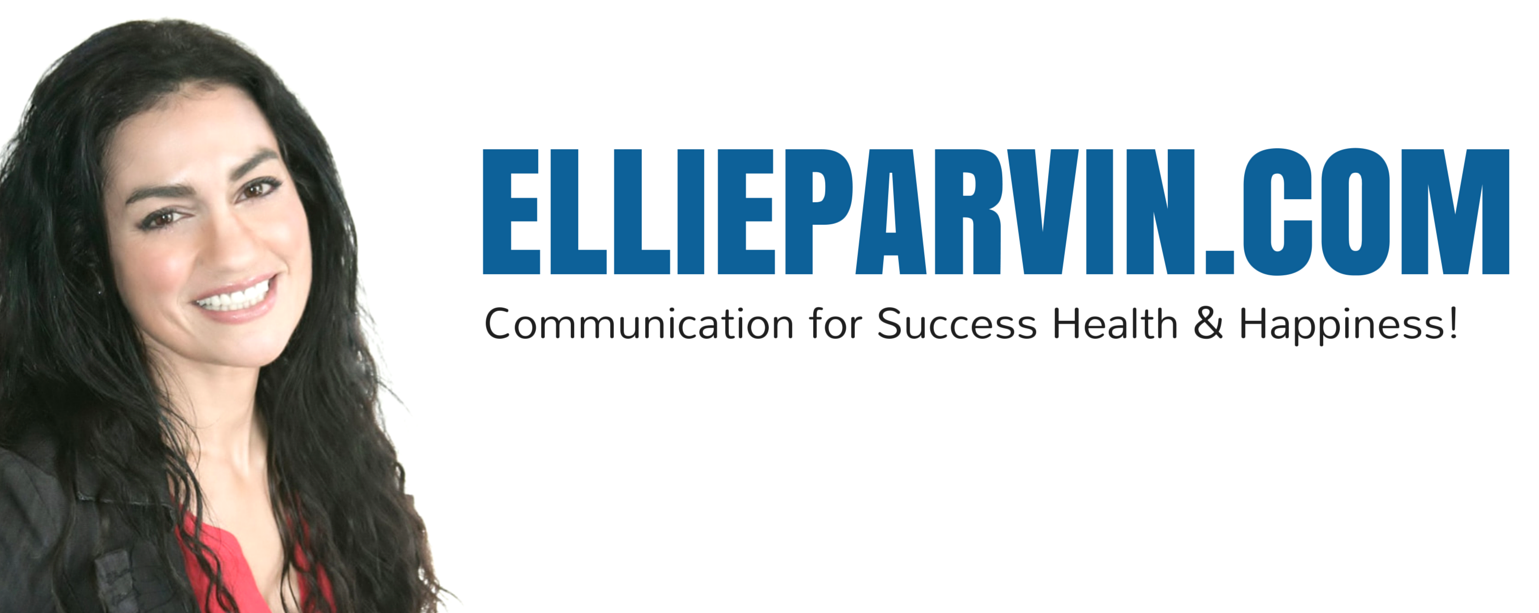I’ll never forget my excitement the first time I was asked to speak at an event. It was for a company I worked for. I was asked via email, by our consultant group manager who lived in Texas, to do a 60 minute presentation to 50 of our consultants, on how to improve their communication and customer service skills!
I had done everything I needed to do to be ready for my 60 minute presentation. I practiced, prepared, timed my speech with my PowerPoint, everything one needs to do prior to a presentation. I was ready. About 15 minutes before my speech I got up to prepare for my presentation. I once again thanked my manager for thinking of me to do this speech (I was so humbled and honored). I told her this was my first big speech – wow 60 minutes! She stopped me and said, “Wait? 60 minutes? It’s supposed to be 20 minutes.” We pulled up the email on my laptop and sure enough she had miss-typed the time as 60 minutes. I went from prepared to stressed in .5 seconds. I took a deep breath, and then spent five minutes editing my speech and noting which PowerPoint pages to skip. Luckily I pulled it off without a hitch.
This is just one example of why you should proofread your emails before you send them.
Success in business requires effective skills in business communication; this includes communication via email. According to Pew Internet research released at the end of 2013, approximately 62% of all employed Americans have Internet access and 98% of those use email on the job. In total, 57 million employees use email for work. 78% of workers who use email send 10 messages on average a day and 11% send more than 20.
Email is one of the important tools used for business communication, but surveys have found they can also cause confusion, tension or negative consequences.
Here are 10 simple and effective tips to help you with your email communication etiquette:
 1. DON’T WRITE IN ALL CAPS – This is perceived as yelling on the reader’s end.
1. DON’T WRITE IN ALL CAPS – This is perceived as yelling on the reader’s end.
2. Subject lines: Use them! – Not only does this help your email stand out, but if it requires “Review” “Action” or ”Approval needed” this will help your email get priority. People also file emails with certain phrases in the subject line and words like “urgent” may be filtered to spam.
3. Be brief and clear – Don’t go round and round with your words but state the topic directly. Even if the email is grammatically correct it doesn’t mean it’s okay that it’s too long. Reading long emails can be sometimes frustrating. So, make sure that you state the point right at the beginning through to the end of your email.
4. Be gentle and polite
5. Make sure to check the tone – Yes email has a tone!
6. Proofread
7. Don’t be sloppy – While writing emails to your colleagues you can use abbreviations, but when communicating to a customer, follow standard writing principles. The message you send to the person reflects your company, so try not to make any mistake in grammar, spelling or punctuations.
8. Use uppercase and lower case letters and words properly – If you want to highlight a point you can make them bold or even write them in capital letters. Don’t use too much color.
9. Use the courtesy copy and blind copy appropriately – Don’t use BCC. It shows from who you have copied. If you are sending the email to a large distributer then you might use BCC, so that the recipient doesn’t have to view a large list of names. Be cautious about CC, overusing it may clutter other people’s inbox. Copy only those people who are involved in your email communication.
10. Do not use email to avoid personal contact – Don’t forget the importance of voice-to-voice or face-to-face communication. Emails may not be the appropriate avenue for delivering emotional or confusing messages. Don’t use it to cover up your faults and mistakes that you may have made.
Keep in mind that if you have an email that is truly urgent or affects the success of the company, pick up your phone and follow the email up with a call.





 RSS - Posts
RSS - Posts